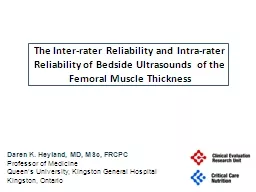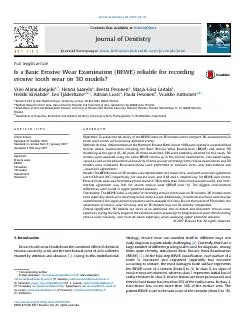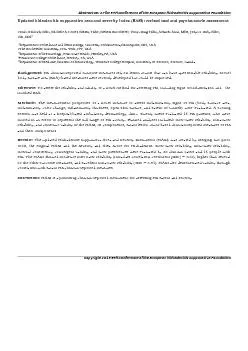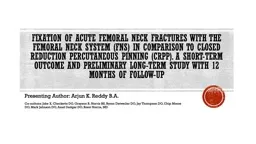PPT-The Inter-rater Reliability and Intra-rater Reliability of Bedside Ultrasounds of the
Author : danika-pritchard | Published Date : 2018-11-09
Daren K Heyland MD MSc FRCPC Professor of Medicine Queens University Kingston General Hospital Kingston Ontario A Randomized Trial of Supplemental Parenteral Nutrition
Presentation Embed Code
Download Presentation
Download Presentation The PPT/PDF document "The Inter-rater Reliability and Intra-ra..." is the property of its rightful owner. Permission is granted to download and print the materials on this website for personal, non-commercial use only, and to display it on your personal computer provided you do not modify the materials and that you retain all copyright notices contained in the materials. By downloading content from our website, you accept the terms of this agreement.
The Inter-rater Reliability and Intra-rater Reliability of Bedside Ultrasounds of the: Transcript
Download Rules Of Document
"The Inter-rater Reliability and Intra-rater Reliability of Bedside Ultrasounds of the"The content belongs to its owner. You may download and print it for personal use, without modification, and keep all copyright notices. By downloading, you agree to these terms.
Related Documents














